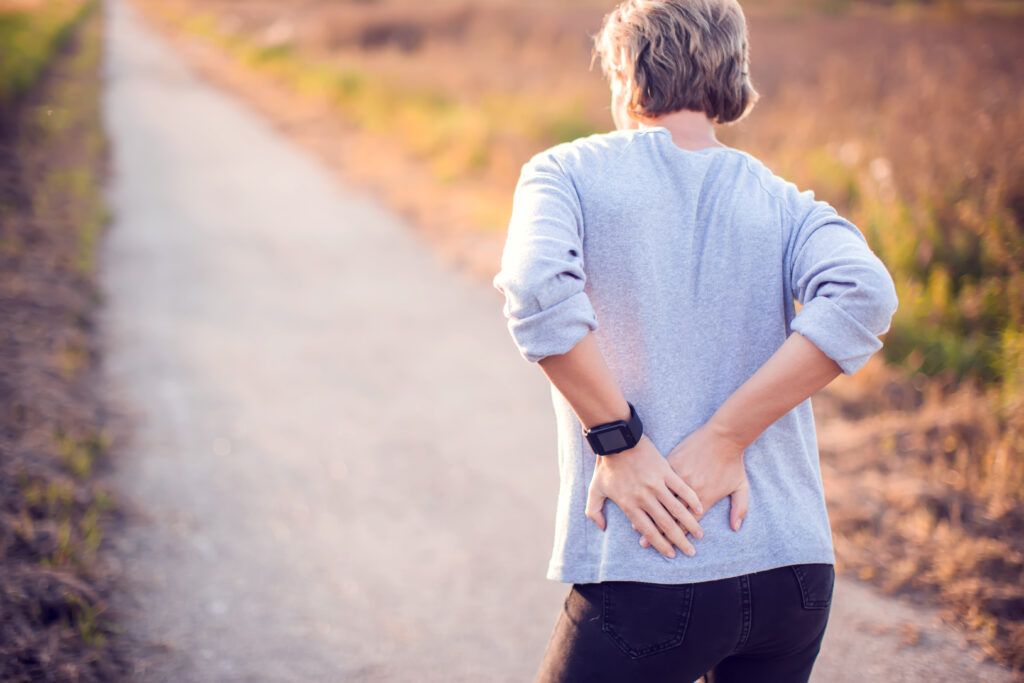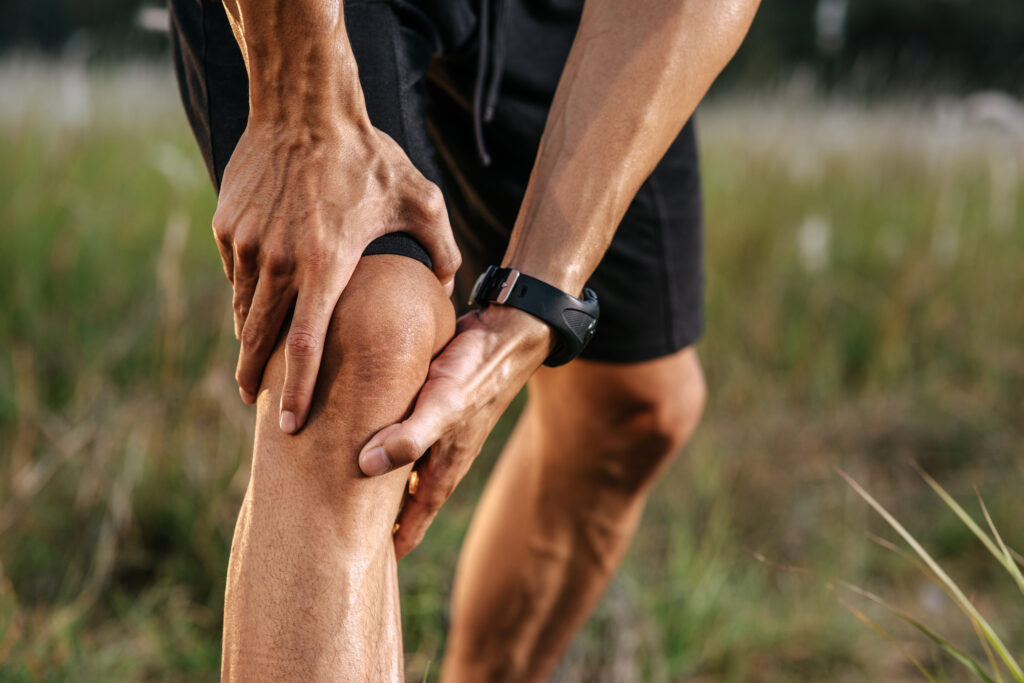When you experience a sports injury, knowing how to respond promptly can make a significant difference in your recovery. You'll want to start by evaluating the severity of the injury and applying the RICE method—rest, ice, compression, and elevation. But there's more to effective treatment than just immediate care. Discovering local resources in San Antonio, like specialized clinics and telehealth options, can enhance your recovery process. What about the steps you can take to prevent future injuries? Understanding these strategies could be essential for your long-term athletic performance.
Common Sports Injuries
When you participate in sports, you're likely to encounter various common injuries that can impact your performance. Understanding these injuries can help you stay alert and take preventive measures.
One of the most frequent injuries is a sprain, which occurs when you stretch or tear ligaments. You might experience this in your ankles or knees, particularly during activities involving sudden changes in direction.
Another common injury is a strain, affecting muscles or tendons. If you've ever felt a sharp pain in your hamstring while sprinting, you've likely experienced a strain. These injuries often happen when you push your body beyond its limits without proper warm-up or conditioning.
Tendinitis is another issue you might face, particularly if you engage in repetitive motions, like throwing a ball or running. This inflammation of the tendons can be frustrating, as it often leads to pain and stiffness that interferes with your game.
Fractures, though less common, can happen, especially in contact sports. Whether it's a stress fracture from overuse or a broken bone from a collision, fractures require immediate attention.
Lastly, don't overlook the risk of dislocations, which can occur when a joint is forced out of its normal position. This is particularly common in sports like basketball or football.
Immediate First Aid Steps
In the event of a sports injury, acting quickly can make a considerable difference in your recovery. The first step is to assess the situation. If the injury seems severe, don't hesitate to call for medical help. If it's a minor injury, you can proceed with basic first aid.
Start by applying the RICE method: Rest, Ice, Compression, and Elevation. First, rest the injured area. Avoid putting weight on it to prevent further damage.
Next, apply ice wrapped in a cloth or a cold pack to reduce swelling and numb the pain. Do this for about 15-20 minutes every hour, especially within the first 48 hours after the injury.
After icing, use a compression bandage to support the injured area. This helps control swelling and provides stability. Make sure it's snug but not too tight—check for any tingling or increased pain.
Finally, elevate the injured limb above heart level whenever possible. This promotes better blood flow and can help minimize swelling.
While you're managing the immediate aftermath, keep an eye on your symptoms. If pain, swelling, or bruising worsens, or if you experience difficulty moving the injured area, it's crucial to seek professional medical advice.
Rehabilitation and Recovery
Although you may feel enthusiastic to return to your sport, taking the time to properly rehabilitate and recover is essential for preventing further injuries. Skipping this vital step can lead to setbacks, so it's important to follow a structured rehabilitation plan tailored to your specific injury.
Start by consulting a healthcare professional who understands your injury and can guide your recovery process. They'll typically recommend a combination of physical therapy, strength training, and flexibility exercises. These activities help restore function, improve mobility, and build strength in the affected area. Stick to the prescribed regimen, even if progress feels slow.
Pay attention to your body's signals. If you experience pain beyond normal discomfort during rehabilitation exercises, don't push through it. Communicate any concerns to your healthcare provider to adjust your plan accordingly. Staying consistent with your therapy sessions is key; regular practice fosters healing and confidence.
As you regain strength and mobility, gradually reintroduce sport-specific drills. This helps you shift back into your sport safely while evaluating your readiness. Remember to incorporate rest days into your routine to allow your body to recover fully.
Finally, focus on developing good habits post-recovery. Maintain a balanced exercise program that emphasizes strength, flexibility, and endurance to reduce the risk of future injuries. By prioritizing your rehabilitation and recovery, you'll not only return to your sport stronger but also with a lower chance of re-injury.
Local Treatment Resources
Finding local treatment resources is essential for effectively managing sports injuries and ensuring a smooth recovery. In San Antonio, you've got several options to evaluate, depending on the nature and severity of your injury.
First, look for sports medicine clinics that specialize in treating athletic injuries. These facilities typically employ experienced professionals who can provide tailored treatment plans to help you recover faster.
Physical therapy centers are another great resource. They focus on rehabilitation exercises, manual therapy, and other modalities to get you back on your feet. Many offer specialized programs for sports injuries, so you can benefit from targeted care that addresses your specific needs.
If you're in need of immediate care, urgent care clinics can be a convenient alternative. They're equipped to handle minor injuries and can recommend further treatment if necessary. However, for more severe injuries, it's best to consult a hospital with an orthopedic department or a sports medicine specialist.
Don't forget about local athletic trainers, who can guide you in injury management and rehabilitation strategies. They often work closely with teams and can provide valuable insights into your recovery process.
Finally, explore online resources like telehealth services, which can connect you with medical professionals for remote consultations. This can be especially useful if mobility is an issue or if you're looking for quick advice.
Preventing Future Injuries
Preventing future injuries is essential for maintaining your performance and overall well-being as an athlete. You can minimize your risk by adopting a proactive approach to training and recovery. Start by incorporating a well-rounded warm-up routine before every practice or game. This should include dynamic stretches and sport-specific movements to prepare your muscles and joints for the demands ahead.
Strengthening your muscles is another key factor. Focus on exercises that target both the major muscle groups and the smaller stabilizing muscles. This not only enhances your performance but also provides better support for your joints.
Regularly cross-training can help you build strength and flexibility in different areas while avoiding overuse injuries.
Pay attention to your body's signals. If you feel pain or discomfort, don't push through it; instead, take a step back and assess the situation. Rest and recovery are equally important as training. Make sure you get adequate sleep and consider integrating active recovery days into your routine.
Proper footwear and equipment also play a significant role in injury prevention. Make sure your shoes fit well and are appropriate for your sport. Regularly inspect your gear and replace it when necessary to maintain ideal safety.
Lastly, consider working with a coach or physical therapist. They can provide personalized advice and help you identify any weaknesses in your technique, making sure you're on the right track to a safe and successful athletic career.
Conclusion
Injuries can be tough, but with the right approach, you can bounce back stronger. Remember to assess your injury's severity and apply the RICE method for immediate relief. Utilize local sports medicine clinics and telehealth options for specialized care. As you recover, focus on rehabilitation and consider incorporating warm-up routines and strength training to prevent future injuries. By taking these steps, you're not just treating an injury; you're investing in your long-term athletic health.



